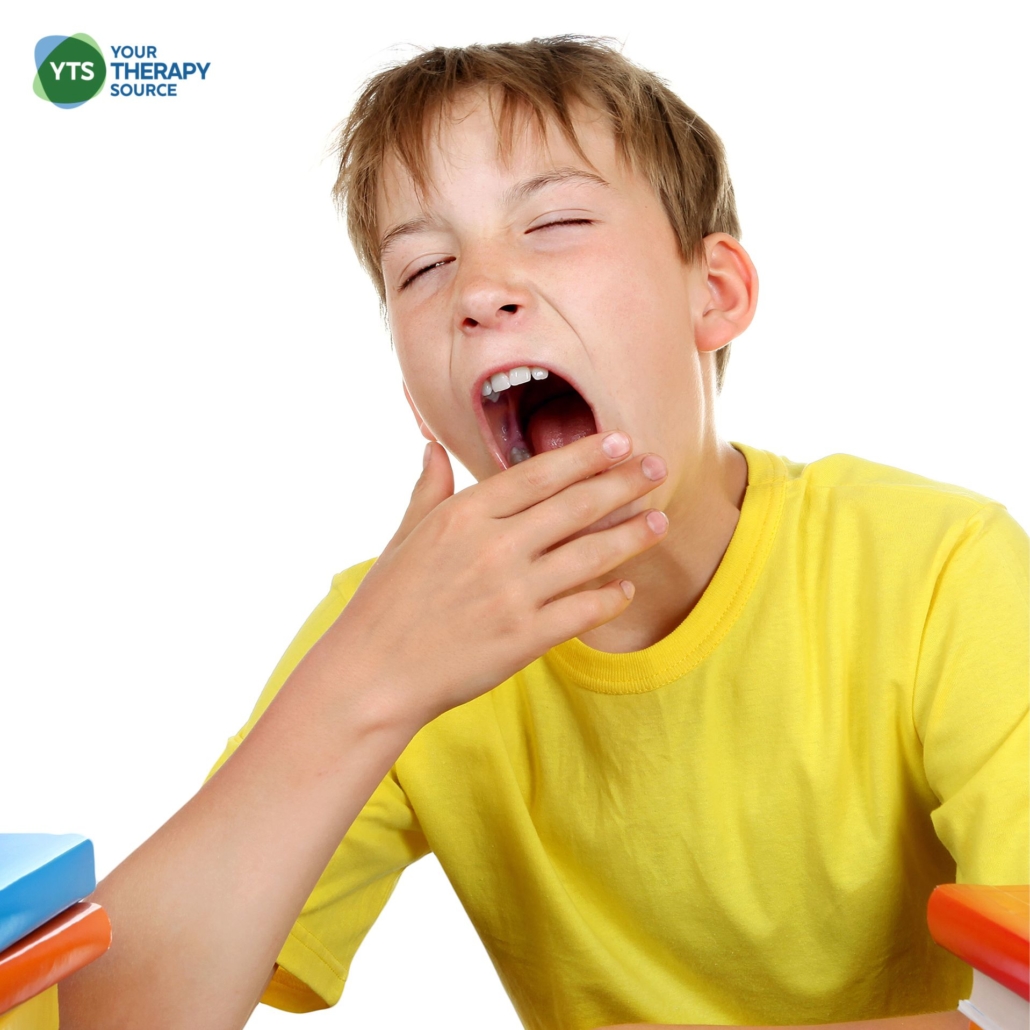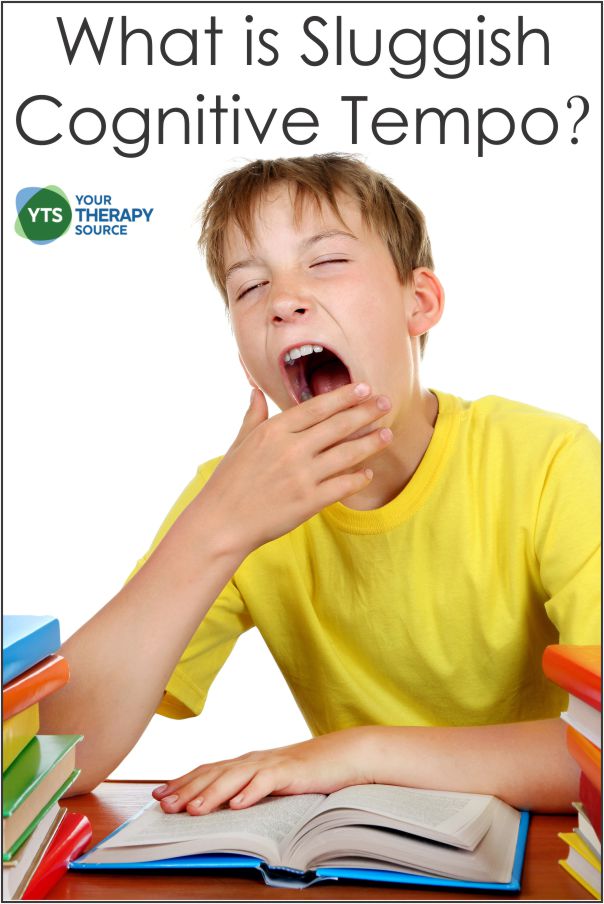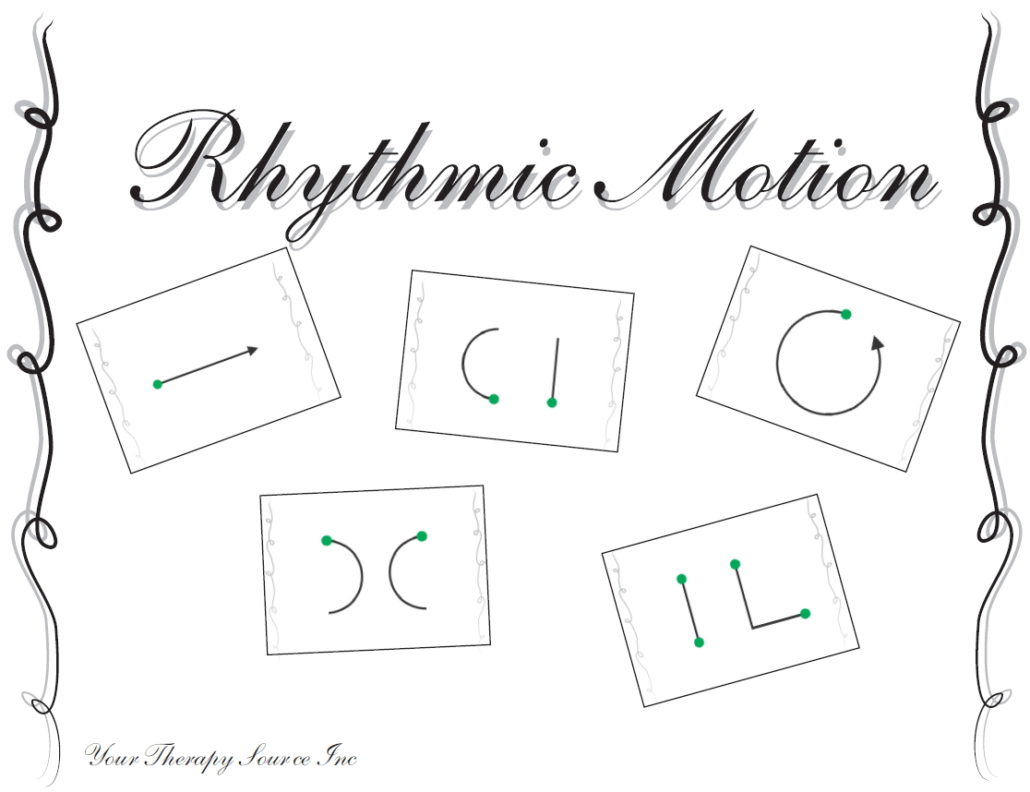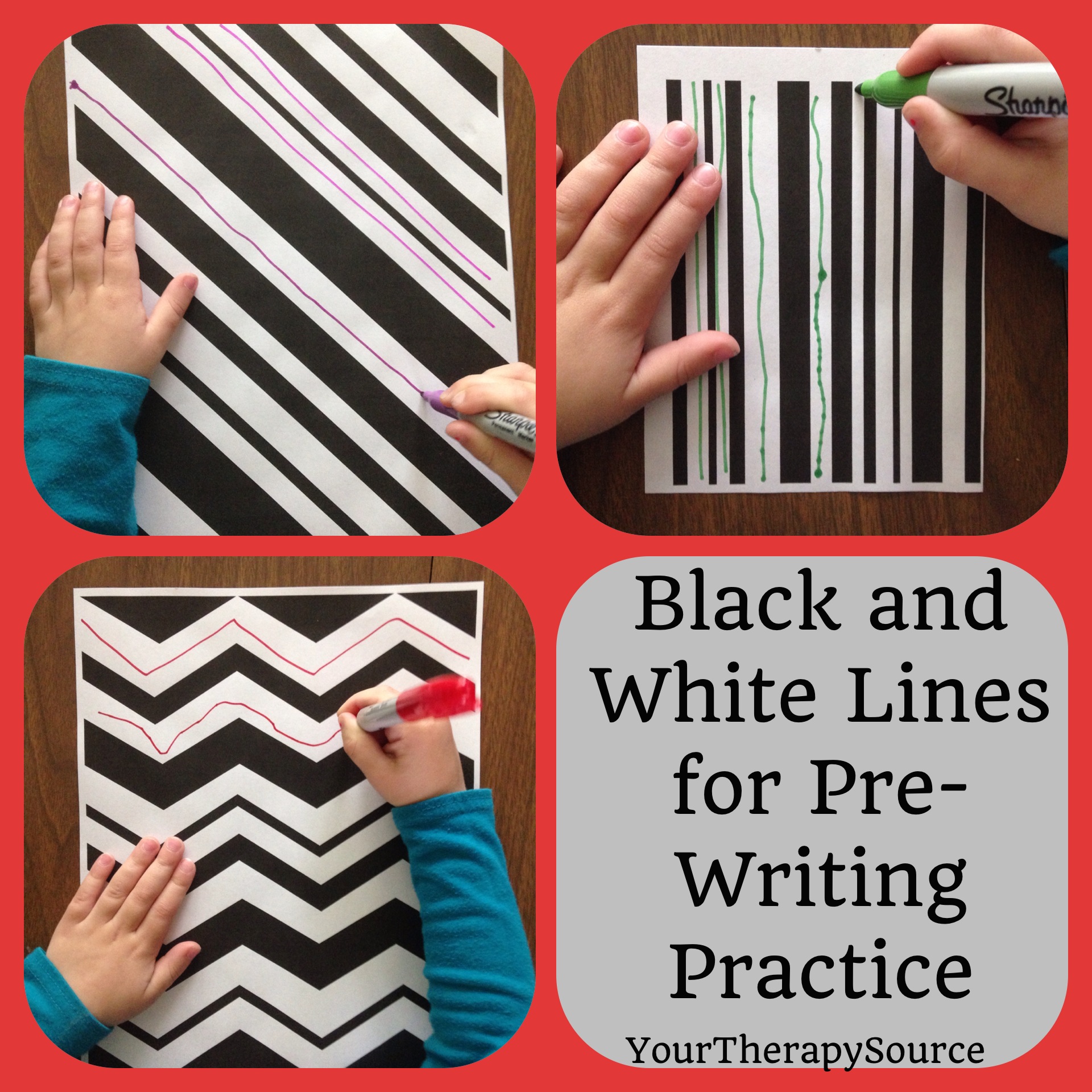Sluggish Cognitive Tempo – What is it and how can you help?

Do you work with certain children and you find yourself always saying “hurry” or “finish up”? Perhaps you observe in the classroom that certain students are always last when completing assignments even when they are focused and paying attention. Maybe their speed is slower when completing motor skill tasks or you wonder if they are hypo-responsive to sensory stimulation. Have you considered Sluggish Cognitive Tempo?
What is Sluggish Cognitive Tempo?
Sluggish Cognitive Tempo in children includes behaviors such as being slow to complete tasks, easily confused, mentally foggy, drowsiness, frequently lost in thought, inactivity, decreased effort over time, and/or lacking initiative. It may sound similar to inattentive ADHD and the symptoms do overlap but SCT is different.
Sluggish Cognitive Tempo can have long term consequences on activities of daily living and academic skills. A recent study indicated that SCT consistently predicts timed academic fluency for both reading and math even after controlling for un-timed component academic skills, inattention, and graphomotor speed.
What Can You Do to Help Children with SCT?
Understanding how the different aspects of SCT are associated with actual child performance is important to help guide targeted interventions. Here are several suggestions that may help students with SCT:
- provide extra practice time at home or in school to develop fluency in basic facts and reading.
- practice reaction time activities.
- encourage physical activity.
- Encourage sensory exploration and activities to help students understand and recognize their “just-right” body state. As children develop motor skills and process sensory information they start to understand how their body can move slow, fast and all the speeds in between. Over time, children begin to learn to self-regulate and determine their “just right” body state that is ready to learn. Too Slow, Just Right or Too Fast – Visual Supports for Self-Regulation includes 11 visual supports to help children practice different body “speeds”.
- if needed, academic accommodations such as extra time for task completion or un-timed classroom assessments may be beneficial for children who exhibit the behaviors of Sluggish Cognitive Tempo.
Reference: Jacobson, L. A., & Mahone, E. M. (2018). Sluggish Cognitive Tempo Predicts Academic Fluency, Beyond Contributions of Core Academic Skills, Attention, and Motor Speed. Journal of attention disorders, 1087054718776468.
Rhythmic Motion is a collection of single and double motion cards to follow using your hands, feet or ribbon sticks. Practice following directional cues, reinforce positional words (right, left, across, up, down, etc) and move to the beat. Find out more.




